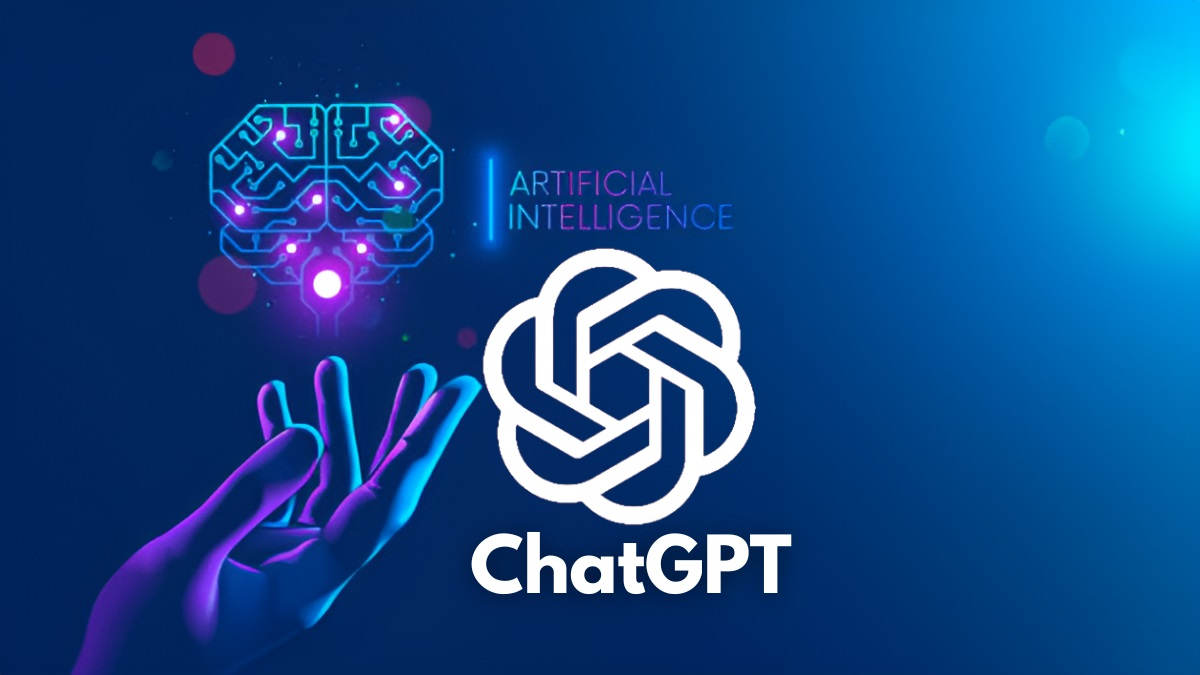Unleash the Power of Chat GPT: The world is changing whether you are ready or not and it is doing so with Artificial intelligence.
language models have become really powerful and flexible. One of the most impressive models is Chat GPT (Generative Pre-trained Transformer).
This language model can answer questions, generate creative content, give recommendations, and a whole lot more. But to get the best results, you need to structure your prompts effectively.
In this blog post, we’ll take a deep dive into how Chat GPT works and give you tips for crafting prompts that get you accurate and helpful responses.
Read Also: The Evolution of E-commerce: 6 Tips to Avoid Online Scams
Understanding How Chat GPT Works

ChatGPT is a powerful language model that can generate human-like text. It was developed by OpenAI and is based on transformer architecture.
It was trained on a massive corpus of text from the internet, and although it doesn’t know which specific documents were included in its training set, it can generate text based on the patterns it learned during training.
Here’s a simplified overview of how it works. The model consists of a large number of parameters, which are values that can be adjusted to change the output of the model.
The parameters are adjusted during training, which involves feeding the model a large amount of text and then adjusting the parameters so that the model can generate text that is similar to the text it was trained on.
Once the model is trained, it can generate text in response to a prompt. The prompt can be a question, a statement, or even a nonsensical string of characters.
The model will generate text that is similar to the text it was trained on, but it will not be identical to any of the text it was trained on. The model can also generate text in multiple languages.
Overview
- Pre-training: The model is trained on a massive corpus of text from the internet. It learns grammar, facts about the world, reasoning abilities, and some level of contextual understanding.
- Fine-tuning: The model is further trained on a narrower dataset with human reviewers following specific guidelines, which helps the model generate more accurate and relevant responses.
- Generation: When you input a prompt, the model processes the text and generates a response based on the patterns it learned during training.
How to Structure Your Prompts and Unleash the Power of Chat GPT
To get the most accurate and relevant responses from Chat GPT, it’s crucial to structure your prompts effectively. Here are some tips to help you do just that:
1. Be Clear and Specific
To get the best results from Chat GPT, it’s important to structure your prompts effectively. The more specific your prompt, the better the model can understand and respond accurately. Vague questions often lead to vague answers.
Example:
- Vague: “Tell me about space.”
- Specific: “Can you explain how black holes form and their impact on surrounding space?”
2. Provide Context
When you provide context, the model can better understand what you’re asking about and tailor the response accordingly. For example, if you ask “What’s the capital?” without any context, the model might not know which country you’re referring to. But if you say “What’s the capital of France?” the model can provide a more accurate response.
Example:
- Without Context: “What’s the capital?”
- With Context: “What’s the capital of France?”
3. Ask Direct Questions
Also, If you are using Chat GPT, it is important to ask specific questions to get good answers. Chat GPT is not able to guess what you want to know, so if you ask an open-ended question, you are likely to get back an answer that is too broad or too vague. If you want specific information, be sure to ask a specific question.
The model acts just like a computer, Gabbage in garbage out to stick with this pro tip to Unleash the Power of Chat GPT
Read Also: Everything You need to know about Wifi 6 and the future of Wifi.
Example:
- Indirect: “I want to know about the Eiffel Tower.”
- Direct: “How tall is the Eiffel Tower and when was it built?”
4. Use Proper Grammar and Spelling
Proper grammar and spelling ensure that the model interprets your prompt correctly. Typos or poorly structured sentences can confuse the model.
Example:
- Incorrect: “whats teh capital of german?”
- Correct: “What’s the capital of Germany?”
5. Break Down Complex Questions
If you have a complex query, break it down into smaller, manageable parts. This makes it easier for the model to provide accurate responses.
Example:
- Complex: “Explain the theory of relativity and its implications in modern physics.”
- Simplified: “What is the theory of relativity? What are its implications in modern physics?”
6. Use Examples
Providing examples can help the model understand exactly what you are asking for, especially for more abstract or nuanced queries.
Example:
- Without Example: “Explain machine learning models.”
- With Example: “Can you explain machine learning models like neural networks and decision trees?”
7. Specify the Format
If you need the response in a specific format, be sure to mention it in your prompt. This is especially useful for lists, summaries, or structured data. For example, if you want the response to be in bullet points, simply state that in your prompt.
Example:
- Without Format: “List the benefits of exercise.”
- With Format: “Can you list the benefits of exercise in bullet points?”
Conclusion
Chat GPT is a powerful tool, but getting the most accurate and helpful responses requires crafting well-structured prompts.
Be clear and specific and include context in your prompt. Asking the Model Vague questions is most likely going to give you a vague answer.
Whether you’re using Chat GPT for research, content creation, or simply satisfying your curiosity, these tips will help you Unleash the Power of Chat GPT
Don’t Forget to Share with others if this was helpful.
You can read some Health Tips on: infohealthgh.com



